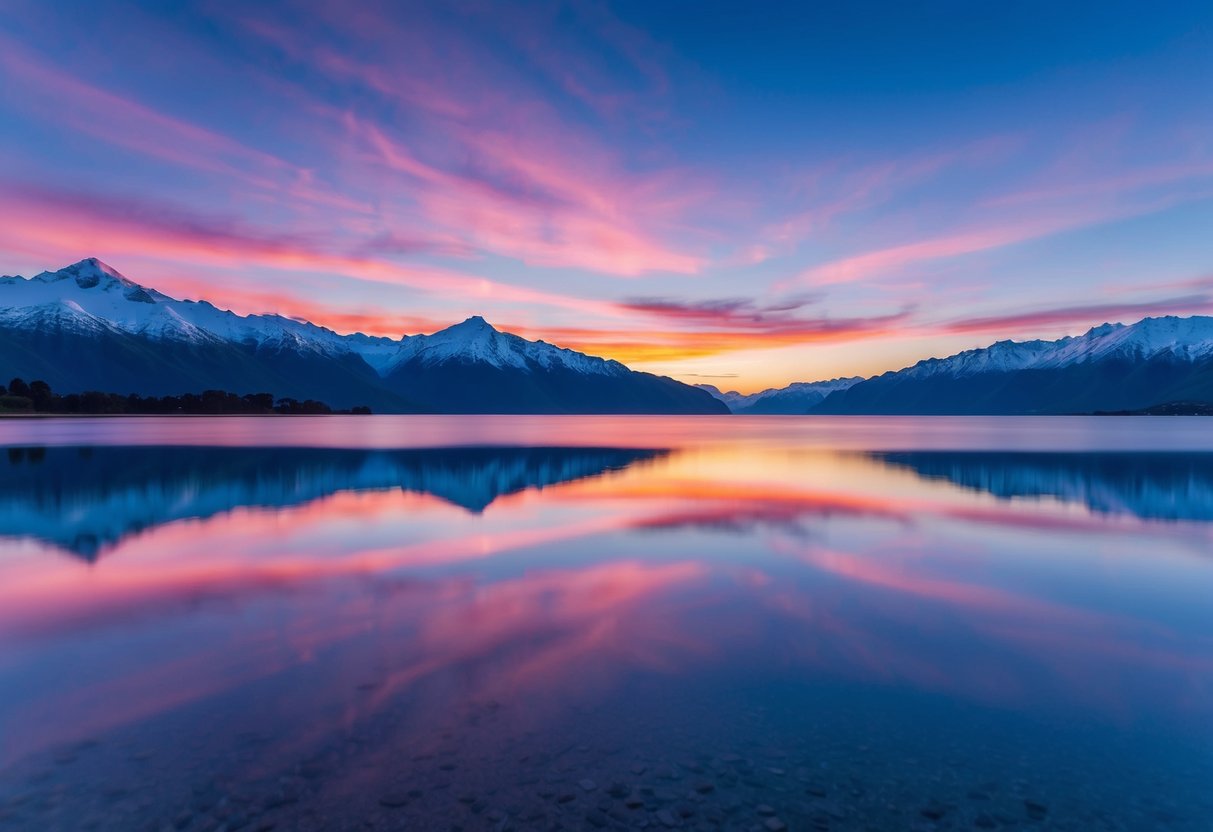
Utilizing Mist and Atmospherics
Mist adds a layer of drama and mystery, offering unique opportunities in photography. It scatters light, creating a soft veil that lends a surreal quality to landscapes. In the early morning, when conditions are just right, mist can transform New Zealand’s vistas into ethereal scenes. It can highlight certain features like mountain peaks poking through, offering photographers the chance to capture dreamlike images.
Atmospherics are enhanced with techniques like long exposure, blurring any moving mist for a smooth, flowing effect. This approach creates dynamic contrasts and highlights the tranquility of the scene. It’s important for photographers to carefully consider focus and exposure settings to balance the mist’s presence without overpowering the composition.
Famous Landscapes and When to Visit
New Zealand is home to some of the most breathtaking natural landscapes, offering photographers countless opportunities to capture stunning images. Each location presents unique seasonal beauty, providing a vast array of options for the perfect shot.
Aoraki/Mount Cook National Park
Aoraki/Mount Cook National Park is a captivating destination for photographers, with its dramatic peaks and serene glacial lakes. The best time to visit is during the summer months, from November to February, when the weather is milder and access to trails is easier. The Tasman Glacier, the longest glacier in New Zealand, provides an impressive backdrop for photography enthusiasts.
In spring, from September to November, the blooming wildflowers and clear skies offer exceptional visibility and vibrant landscapes. Winter months can be harsh with snow-covered peaks but offer a different kind of beauty for those seeking moody, atmospheric shots. Photographers can explore various trails such as the Hooker Valley Track, which offers exceptional views of Mount Cook, New Zealand’s highest peak.
Fiordland National Park and Milford Sound
Fiordland National Park, home to Milford Sound, is a must-visit for capturing majestic fjords and waterfalls. The best time to visit is during the rainy season from April to September, when the waterfalls are at full force and mists add a mystical quality to the landscape. Milford Sound, with its iconic Mitre Peak, is stunning under any weather, providing ample opportunities for breathtaking shots.
In summer, from December to March, the weather is warmer, and the lush green vegetation contrasts beautifully with the deep blue waters. Photographers can take advantage of scenic cruises or kayak tours to capture unique angles of the fjords. Access to diverse viewpoints like the Chasm and Key Summit further enhances the photography experience in this dramatic part of New Zealand.
Iconic Lakes and Water Reflection Techniques
New Zealand’s lakes such as Lake Tekapo and Lake Wanaka offer photographers an opportunity to explore techniques for capturing stunning water reflections. These locations are celebrated for their striking colors and crystal-clear waters that enhance the natural beauty of the landscapes.